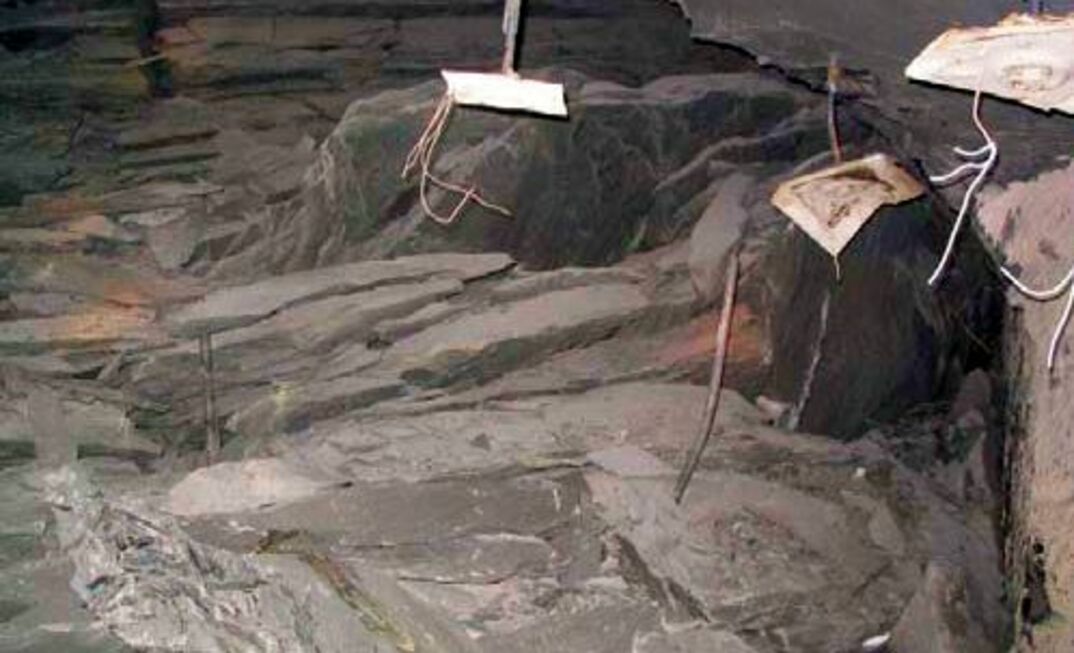In PIB No. P11-06, a reissuance of P07-24, the agency said it wished to increase operators’ awareness of the dangers of portable, handheld roof drills – also known as stoppers or jacklegs – while encouraging utilization of roof bolting machines with automated temporary roof supports.
The initial PIB was released to cite a March 2006 fatal accident that involved a worker using a portable roof drill; the victim was using the drill to install roof bolts between the tips of the longwall shields and the face in preparation for a panel move. While he was positioned under the tip of the shield, roof rock fell and hit the unit and the operator, after which he fell and struck his head.
“Portable roof drills should be used only when careful attention is given to the hazards that may accompany their use,” the agency said.
“MSHA recommends that updated self-propelled equipment be used whenever possible.”
Two significant disadvantages to portable drills were the absence of an ATRS system, and issues with material handling and worker safety.
“Every year, material handling is a persistent source of personnel injury in mining operations; the size, shape and weight of these machines can pose a material handling hazard as the units and accompanying hoses … are carried from drill set-up to drill set-up locations,” MSHA said.
“Numerous injuries have occurred as drill steel sections get stuck in the drillhole and the unit continues to rotate. In addition, the handling of temporary supports has led to many accidents.”
The agency acknowledged that the use of portable roof drills had decreased over the past several years, as the areas these units would be needed in could now be serviced by small versatile rubber-tired or crawler-mounted roof bolters equipped with ATRS systems and operator canopies – some as narrow as 52 inches.
Roof bolter manufacturers have also developed units with ATRS systems designed specifically for roof bolt installations needed in longwall move preparation.
“The use of these self-propelled roof bolters diminishes the need for portable roof drills, reducing the miner's exposure to the fall of unsupported roof and material handling hazards,” MSHA said.
For more details on the regulations surrounding the use of portable and self-propelled drills, visit the MSHA web site under Compliance Info and Program Information Bulletins.
























